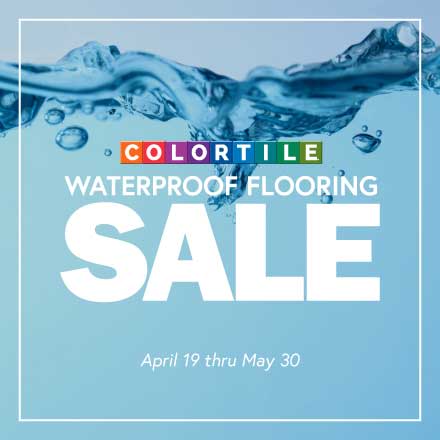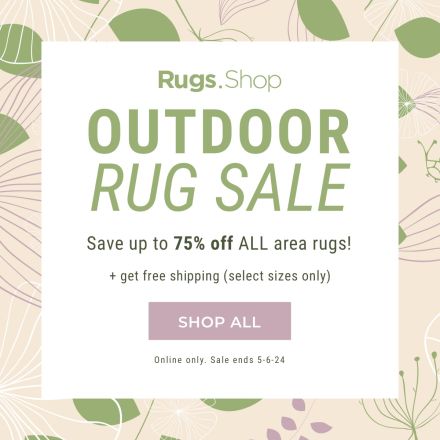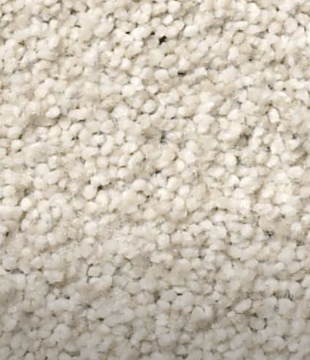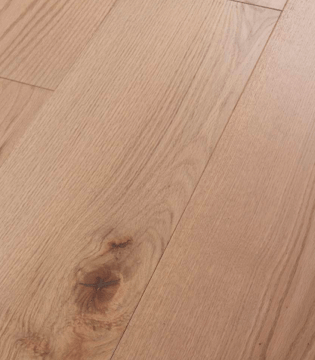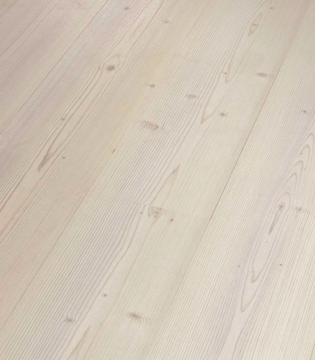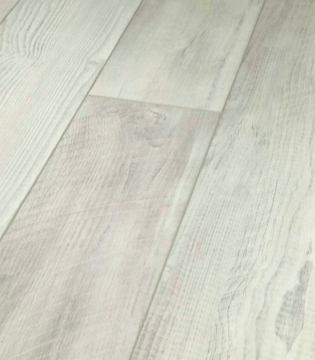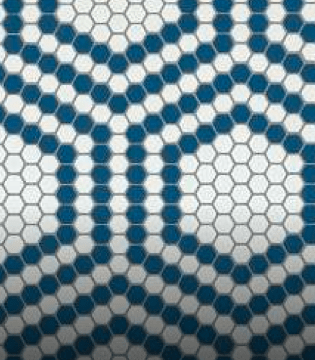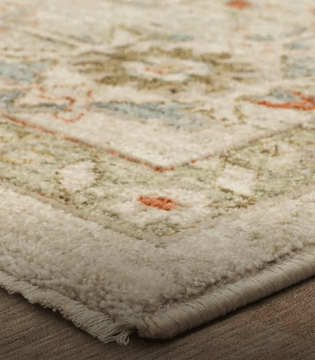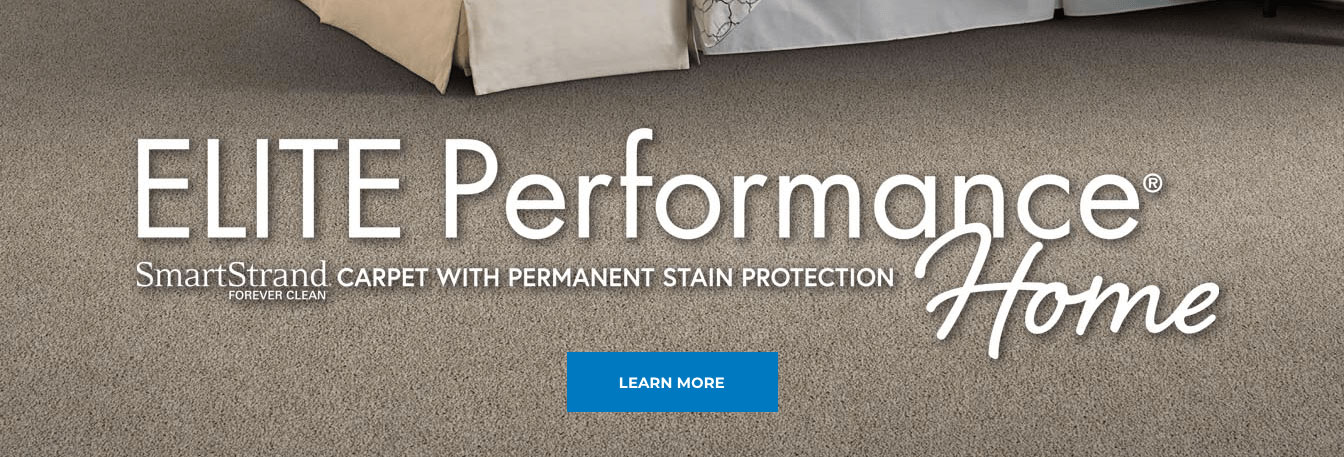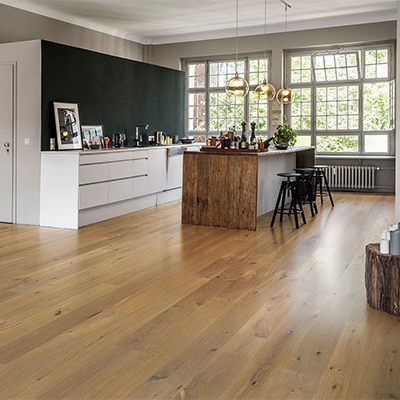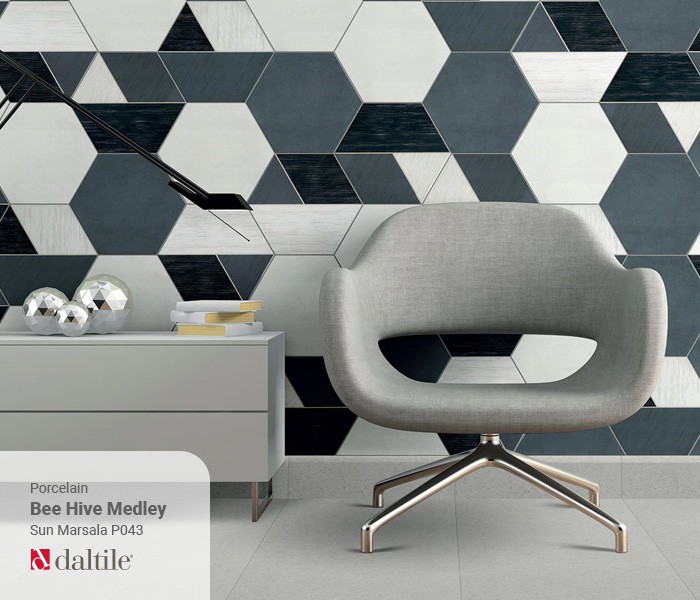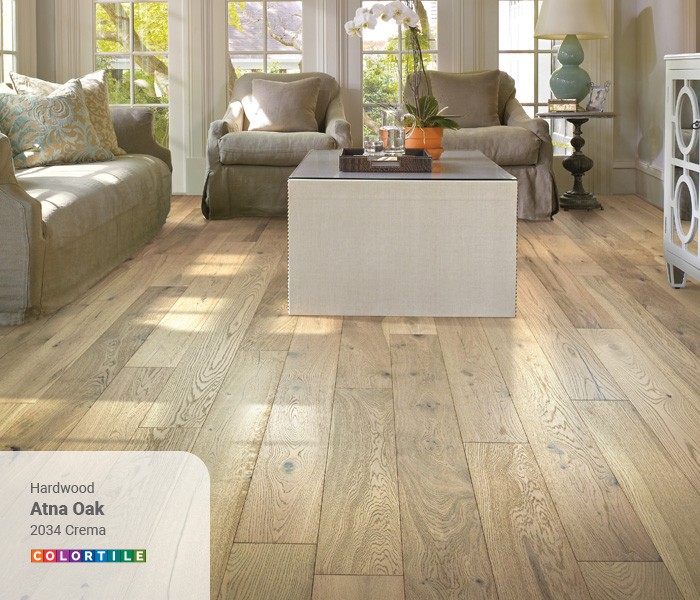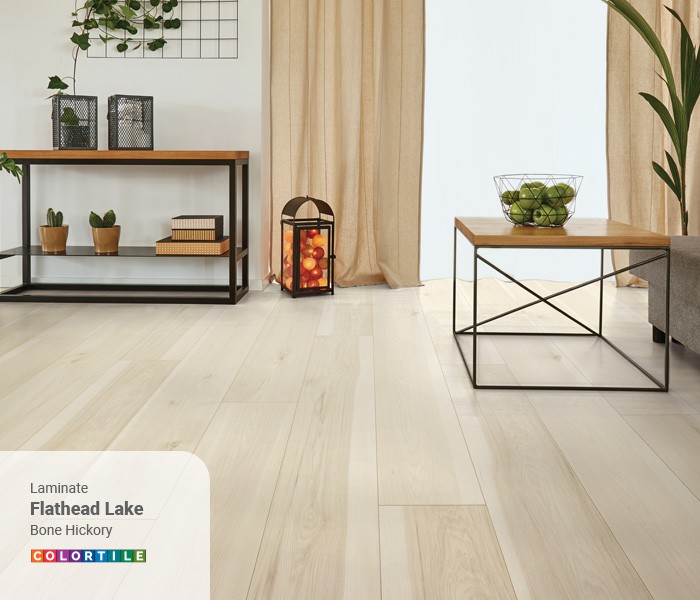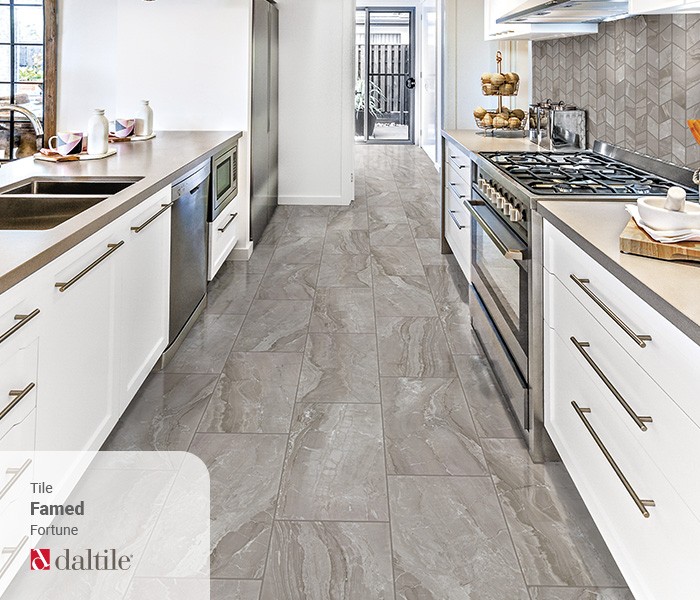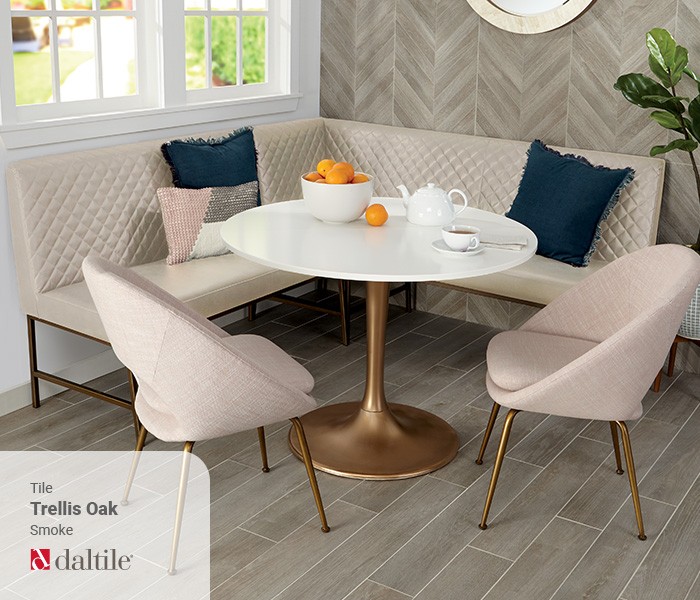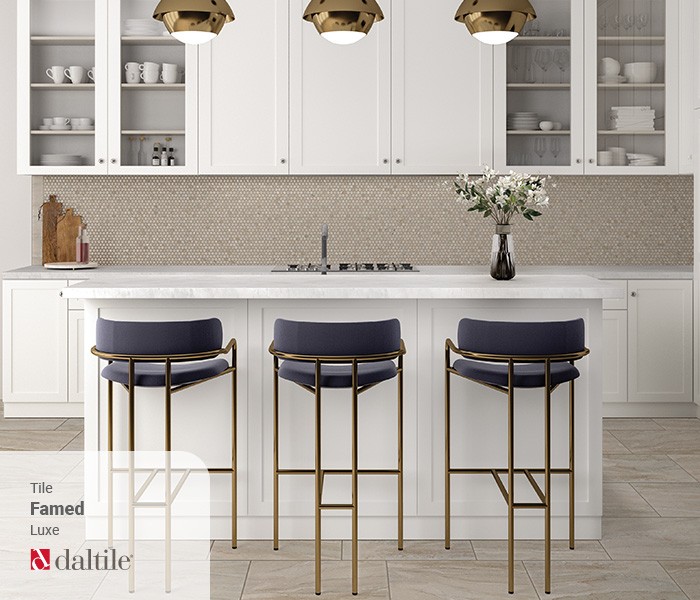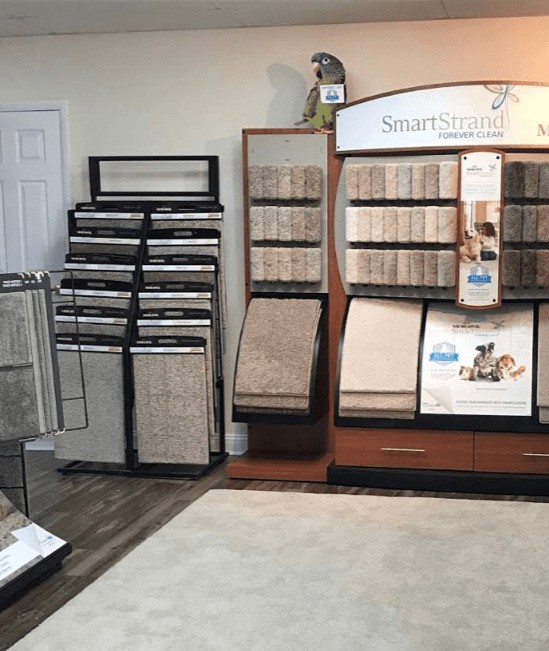Unmatched Selection
We offer a comprehensive selection of flooring styles.
Product Expertise
We know our stuff! Let us help educate you.
Professional Service
We provide friendly, professional service at every turn.
Installation Specialists
Let us expertly install your brand-new flooring.
The Grand Junction, CO Area's Premier Flooring Destination

Learn more about our incredible flooring selection below!
We're proud to offer a wide range of flooring options from all of your favorite brands.
Featured Brands
Learn more about our featured flooring brands below.








Flooring Inspiration
Browse our inspiration galleries to see the newest trends in flooring.





Trust Carpetland USA For All Of Your Flooring Needs
At Carpetland USA in Grand Junction, CO, we're proud to feature the best selection of flooring in the area. No matter what your flooring wants and needs are, we have the products to match. By offering a wide range of incredible flooring collections, we've been able to successfully provide flooring to our local communities for years.
Whether you're interested in carpet, hardwood, laminate, vinyl, tile, or a custom area rug, we can help! We work with the industry's leading brands to ensure that our products are of the highest quality imaginable. Whether you're interested in Shaw, Mohawk, or our Carpetland USA COLORTILE brands, we know that you're going to love our selection.
We also offer a wide range of flooring-related services to our customer base. Whether you're interested in an in-home estimate, flooring installation, financing, or something else, our team can help.
Trust Carpetland USA in Grand Junction, CO for all of your flooring needs!
Carpetland USA
We can't wait to see you at our flooring location. While there, you can browse our incredible selection of flooring options, including carpet, hardwood, laminate, vinyl, tile, bamboo, area rugs, and much more. We invite you to come and see us at our Grand Junction, CO location to browse our selection of Shaw, Mohawk, and Carpetland USA COLORTILE flooring.
Schedule An Appointment
The team at Carpetland USA in Grand Junction, CO is ready to help you achieve your flooring dreams. Whether you're interested in an installation, in-home measure, flooring estimate, or more, we can help!
Fill out the form to the right, and we'll contact you shortly.
"*" indicates required fields











